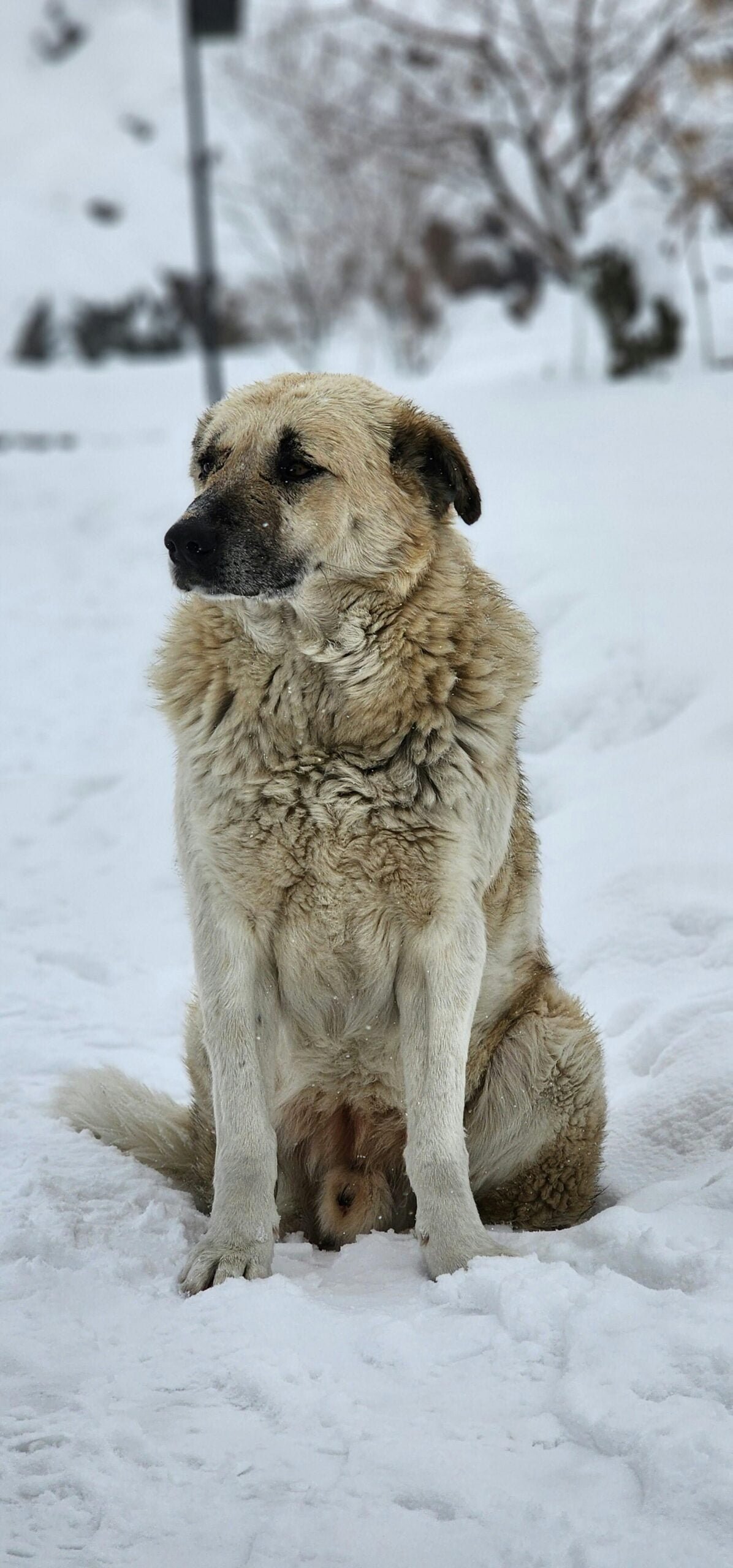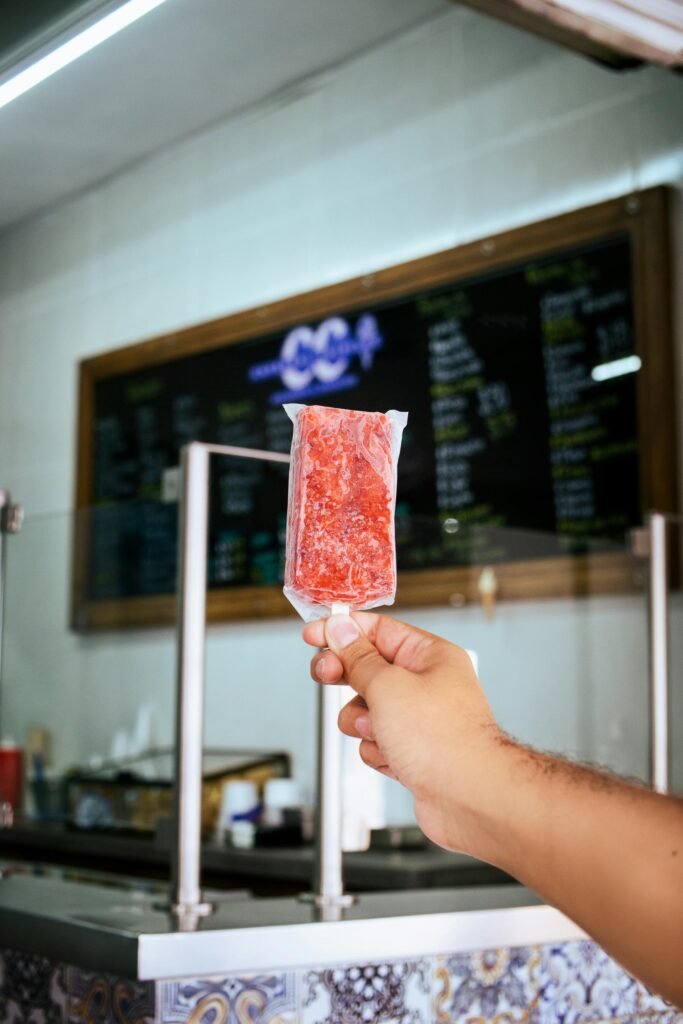
Switching your dog’s food is a delicate process that can significantly impact their overall health and well-being. In “How to Safely Switch Your Dog to New Food for Optimal Health,” you’ll learn the step-by-step method to transition your furry companion to a new diet without causing digestive issues. From understanding the essential nutrients to leveraging beneficial supplements such as omega-3 fatty acids, probiotics, and glucosamine, this guide ensures you make informed choices for your dog’s health. Plus, it emphasizes the importance of consulting with your veterinarian to tailor the diet based on your dog’s specific needs, breed, and age. Whether it’s addressing joint health, maintaining a shiny coat, or supporting digestion, this article will help you make the best dietary decisions for your beloved pet’s optimal health. Have you ever wondered how you can safely switch your dog to a new food while ensuring their optimal health? Changing your dog’s diet may seem daunting, but with proper knowledge and a careful approach, you can make the transition smooth and beneficial for your furry friend. Let’s dive into the world of canine nutrition and explore how you can switch your dog to a new food safely and effectively.

Understanding The Need For a Diet Change
Why Change Your Dog’s Food?
There are several reasons why you might consider changing your dog’s food. Maybe your dog is experiencing health issues that require a dietary adjustment, or perhaps they have reached a new life stage that necessitates different nutritional needs. As pet owners, it’s essential to recognize when a diet change could improve your dog’s health and overall well-being.
Signs That Your Dog Might Need a New Diet
Knowing the signs that indicate your dog needs a diet change can help you make an informed decision. Common signals include:
- Dull or flaky coat
- Chronic digestive issues
- Unexplained weight gain or loss
- Decreased energy levels
- Allergic reactions like itching or ear infections
If your dog exhibits any of these symptoms, it may be time to consider a dietary switch.
Consulting With Your Veterinarian
Before making any changes to your dog’s diet, it’s crucial to consult with your veterinarian. They can help you understand your dog’s specific nutritional needs based on factors such as age, breed, health status, and activity level.
Breeds and Specific Health Requirements
Different breeds have unique health requirements, and your veterinarian can guide you on the best diet for your specific breed. For instance, large breeds might need a diet that supports joint health, while smaller breeds could require food that caters to their higher metabolism.
Veterinary Health and Well-Being Check
A thorough veterinary check-up can reveal any underlying health issues that might be impacting your dog’s well-being. This can help determine the type of food that would best support your dog’s health, whether it’s for maintaining healthy skin and coat, supporting joint health, or improving digestive function.

Selecting The Right New Food
When choosing a new food for your dog, it’s essential to consider several factors to ensure it meets their nutritional needs.
Canine Wellness Supplements and Organic Options
Supplements like probiotics, glucosamine, and omega-3 fatty acids can provide additional health benefits. Opting for organic dog food can also reduce the risk of chemicals and additives, promoting healthier digestion and overall health.
Dog Vitamins and Supplements
Certain vitamins and supplements can support various aspects of your dog’s health. For example:
- Joint Supplements: Glucosamine and chondroitin for joint health.
- Omega-3 Fatty Acids: Supports skin and coat health, as well as mitigating inflammatory responses.
- Probiotics: Aid in digestion and maintaining a healthy gut flora.
Key Nutrients for Dogs
Ensure that the new food includes essential nutrients such as:
- Protein: For muscle development and energy.
- Fats: Essential for skin health and energy.
- Carbohydrates: Provide energy and support digestive health.
- Vitamins and Minerals: Crucial for overall well-being and immune support.
Implementing the Transition Plan
Switching your dog’s food should be done gradually to avoid digestive upset. A typical transition period is about 7-10 days.
Gradual Transition Steps
Here’s a step-by-step plan to transition your dog to their new food:
- Days 1-3: Mix 25% of the new food with 75% of the old food.
- Days 4-6: Mix 50% of the new food with 50% of the old food.
- Days 7-9: Mix 75% of the new food with 25% of the old food.
- Day 10 and beyond: Serve 100% of the new food.
| Day | Old Food (%) | New Food (%) |
|---|---|---|
| Days 1-3 | 75% | 25% |
| Days 4-6 | 50% | 50% |
| Days 7-9 | 25% | 75% |
| Day 10+ | 0% | 100% |
Monitoring Your Dog During Transition
Observe your dog closely during the transition phase. Look for any signs of discomfort such as vomiting, diarrhea, or changes in appetite. If any adverse reactions occur, it may be necessary to slow down the transition process or consult with your veterinarian.

Supporting Your Dog’s Health During Transition
While transitioning to new food, there are additional steps you can take to support your dog’s health.
Canine Health Supplements
Incorporating health supplements can help ease the transition. For instance, digestive enzymes can aid in smoother digestion, and Omega-3 fatty acids can support skin and coat health.
Hydration and Activity
Ensure your dog stays well-hydrated and maintains an adequate level of physical activity. Adequate hydration will support their digestive system, and regular exercise will help manage weight and energy levels.
Regular Vet Check-ins
Regular check-ups with the veterinarian during the transition period can help monitor your dog’s health and adjust the diet as needed. Your vet can offer tailored advice, ensuring a successful dietary transition for your dog.
The Benefits of A Successful Transition
Once your dog has successfully transitioned to their new food, you may notice significant improvements in their overall health and well-being.
Improved Skin and Coat Health
A balanced diet with essential fatty acids and vitamins can lead to a shinier, healthier coat and reduced skin issues.
Enhanced Digestive Health
Probiotics and high-quality ingredients can improve your dog’s digestive health, resulting in more regular bowel movements and fewer digestive complaints.
Boosted Energy Levels
A nutritious diet rich in protein and balanced nutrients can lead to increased energy levels, making your dog more playful and active.
Stronger Immunity
Optimal nutrition supports a healthier immune system, helping to protect your dog from various infections and health issues.
Weight Management
A diet tailored to your dog’s specific needs can help maintain a healthy weight, reducing the risk of obesity and associated health problems.
Maintaining Long-Term Health
Even after the transition, it is crucial to continue focusing on your dog’s dietary needs.
Periodic Diet Reviews
Periodically review your dog’s diet to ensure it still meets their nutritional requirements. Life stages and health conditions can change, necessitating dietary adjustments.
Regular Health Supplements
Continued use of health supplements can support long-term wellness. Supplements like glucosamine for joints, omega-3 for skin, and probiotics for digestion should be considered as part of a regular health regimen.
Dental Health
Dental health is a vital aspect often overlooked. Incorporating dental chews and regular dental cleanings can prevent oral health issues and contribute to overall well-being.
Tailored Nutritional Plans
If your dog has specific health concerns, a tailored nutritional plan can make a significant difference. Work with your veterinarian to develop a diet that supports your dog’s unique needs, whether it’s for joint health, skin issues, or digestive health.
Conclusion
Switching your dog’s food doesn’t have to be stressful. With the right approach and a bit of patience, you can ensure a smooth transition that supports your dog’s optimal health and well-being. Consult with your veterinarian, choose high-quality food and supplements, and monitor your dog closely to make the most of this dietary change. Your effort will pay off when you see your dog thriving, full of energy, and living their best, healthiest life.







